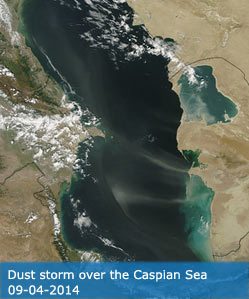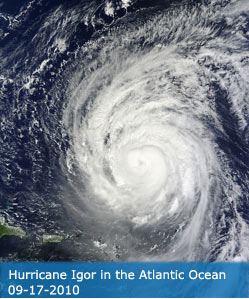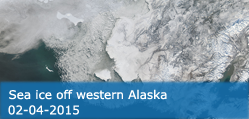Science Team
Publications
Yin, JQ; Qiu, XF; Li, SB; Shi, GP; Liu, HY; Zhou, HX; Wu, HW (2024). Estimation of evapotranspiration through an improved daily global solar radiation in SEBAL model: a case study of the middle Heihe River Basin. THEORETICAL AND APPLIED CLIMATOLOGY, 155(4), 3163-3174.
Abstract
Evapotranspiration (ET) is a major factor in the water cycle that is most directly affected by land use and climate change. The accurate estimation of the daily ET is an important link in the study of its hydrological and ecological interaction, hydrological cycle, and oasis ecosystem management in arid and semi-arid regions. Considering astronomical, atmospheric (i.e., air molecules, water vapor, and cloud), and surface factors (i.e., slope, aspect, terrain shading, and surface coverage), the new daily global solar radiation (GSR)model is proposed, based on Iqbal model C, DEM, TM, and MODIS data. The new model has been coupled with SEBAL to better estimate ET. The daily surface ET of June 21-24, 2009, in Heihe River Basin is simulated. The results are as follows: (1) the improved daily GSR mean absolute bias error (MABE) is 9 W/m2, and the mean absolute relative bias error (MARBE) is 2.5%. The MABE of the daily GSR using the SEBAL model is 122.2 W/m2, and the MARBE is 33.9%. (2) The improved SEBAL MABE of farmland ET decreases from 2.1 mm (original scheme) to 0.6 mm (improved scheme), and the MARBE declines from 44 to 13% accordingly. Moreover, the spatiotemporal resolution of the ET simulation is effectively improved by the TM/MODIS hybrid strategy. (3) All highest ET value appeared in all types of water bodies, followed by farmland, forest, wetland, and residential areas, and the lowest values appeared over bare rock land. The new results provide better theoretical basis and scientific guidance for ecosystem protection and sustainable utilization of water resources.
DOI:
10.1007/s00704-023-04796-4
ISSN:
0177-798X




